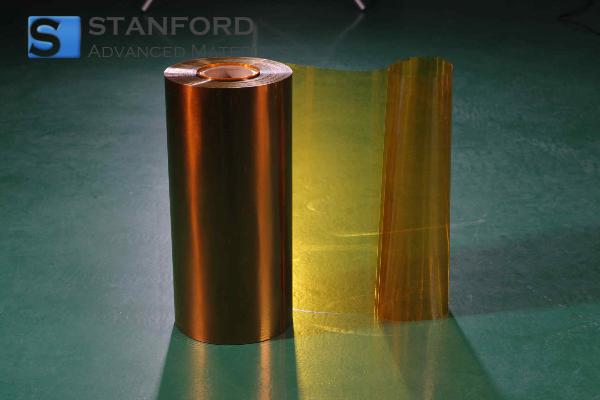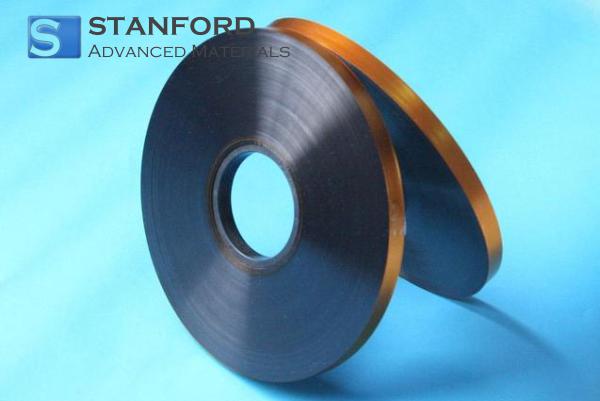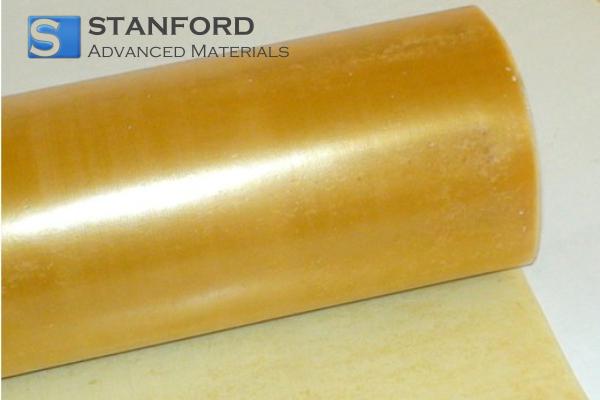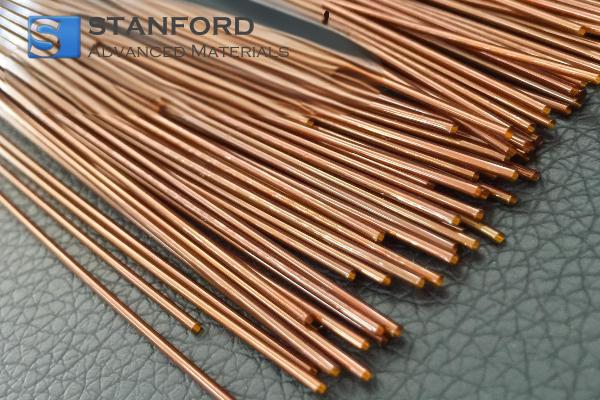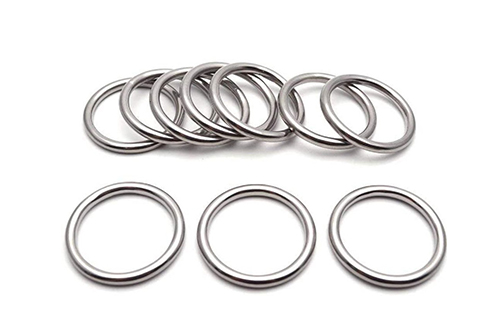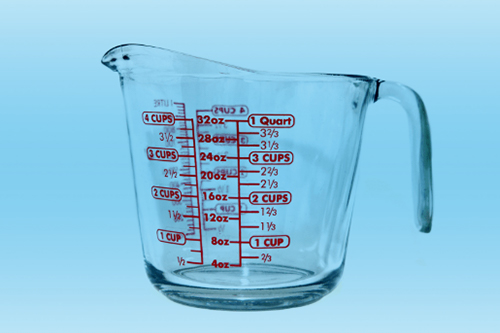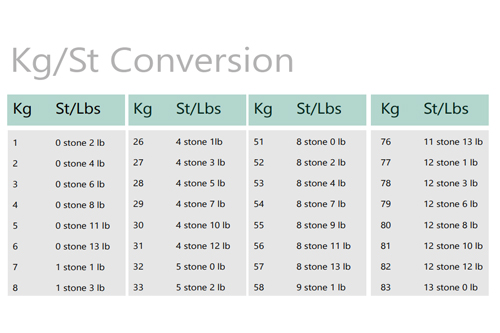Particle Size Conversion Table
Introduction to Particle Size Conversion
Particle size conversion tables are vital tools in various industries to determine the size of particles. They provide a standardized method to convert between different units and measurement systems, ensuring consistency and accuracy in particle analysis.
Mesh and Sieve Analysis
Mesh refers to the number of openings per inch in a sieve. A sieve is a device with a series of mesh screens that separate particles based on size. Sieve analysis involves passing a sample through these meshes to determine the distribution of particle sizes within the sample. For more analysis and services, please check Stanford Advanced Materials (SAM).
How to Calculate Particle Size
Calculating particle size using a conversion table involves identifying the mesh number corresponding to the sieve used and then referencing the table to find the equivalent particle size in micrometers (µm). This process simplifies the determination of particle sizes without complex calculations.
Particle Size Conversion Table
Here’s a Particle Size Conversion Table that covers common units used to describe particle size in different measurement systems:
Particle Size | Micrometers (µm) | Millimeters (mm) | Nanometers (nm) | Inches (in) | Microns (µ) | Mils (thousandths of an inch) |
1 inch (in) | 25,400 | 25.4 | 25,400,000 | 1 | 25,400,000 | 1,000 |
1 millimeter (mm) | 1,000 | 1 | 1,000,000 | 0.03937 | 1,000,000 | 39.37 |
1 micrometer (µm) | 1 | 0.001 | 1,000 | 0.00003937 | 1,000 | 0.03937 |
1 nanometer (nm) | 0.001 | 0.000001 | 1 | 0.00000003937 | 1,000,000 | 0.00003937 |
1 mil (thousandths of an inch) | 0.0254 | 0.0000254 | 25.4 | 0.001 | 25,400 | 1 |
Notes:
- Micrometer (µm) and Micron are often used interchangeably.
- Particle size often depends on the industry or application (e.g., powders, filters, aerosols), and the conversion between units helps in ensuring proper application.
- A mil is used primarily in the United States for measuring thickness (e.g., coatings, films).
Frequently Asked Questions
What is the purpose of a Particle Size Conversion Table?
A Particle Size Conversion Table helps in converting mesh numbers to particle sizes, facilitating accurate measurements in various applications.
How does mesh number relate to particle size?
Mesh number indicates the number of openings per inch in a sieve; higher mesh numbers correspond to smaller particle sizes.
What industries commonly use sieve analysis?
Industries such as pharmaceuticals, mining, food processing, and construction commonly use sieve analysis for particle size determination.
Can particle size be calculated without a conversion table?
Yes, but using a conversion table simplifies the process and reduces the potential for errors.
What factors affect the accuracy of sieve analysis?
Factors include sieve condition, vibration method, sample preparation, and environmental conditions during analysis.

